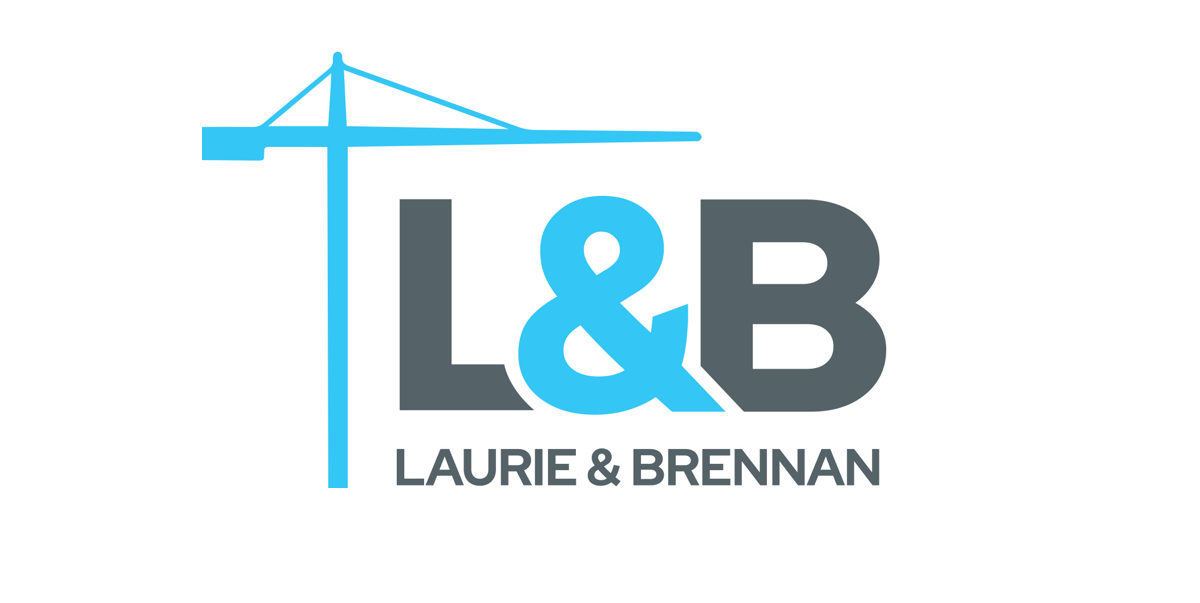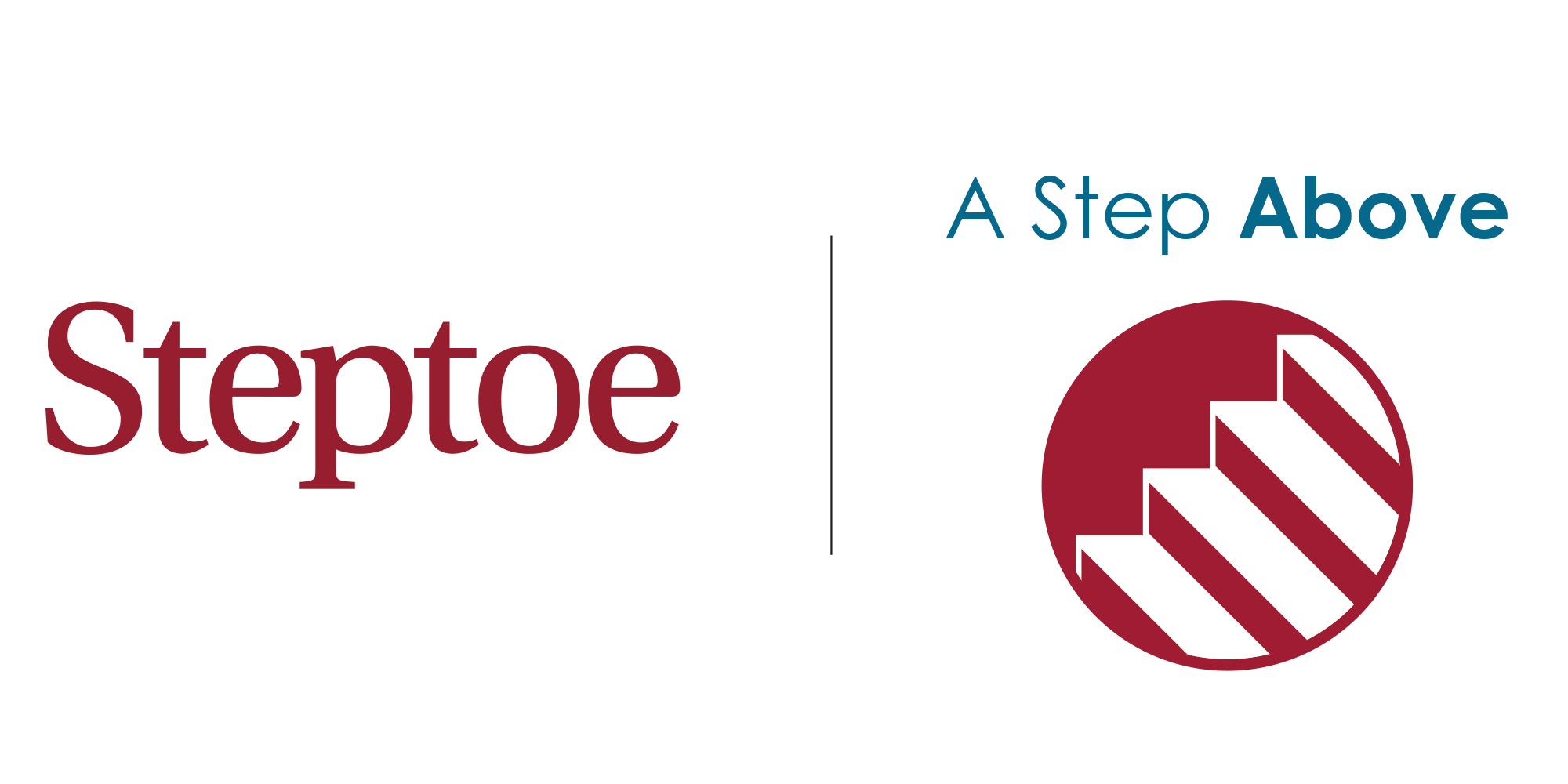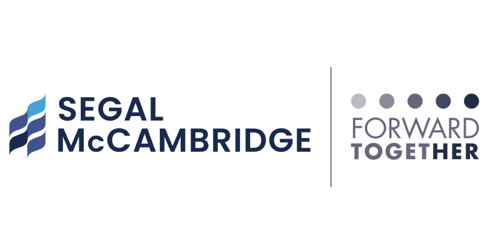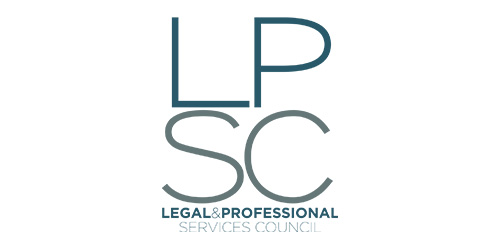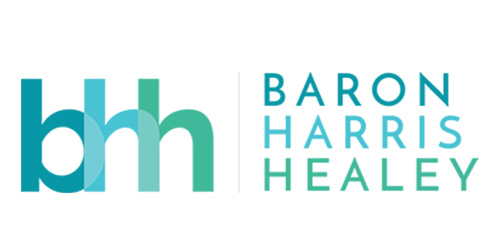5 Steps to Elevate Attorney LinkedIn Profiles

LinkedIn is a valuable tool for attorneys to build their professional presence, connect with clients and stand out among their competition. Attorneys can leverage the power of LinkedIn to not only maintain relationships with existing clients but also attract new ones. However, in a flood of search results it’s critical to optimize your LinkedIn presence and distinguish yourself from the crowd, and it all starts with your LinkedIn profile. With these five easy steps, you can take your LinkedIn profile to the next level.
1. Include a Hero Image
First impressions are everything, and your “hero image” — the banner image at the top of your profile — is the first thing people see when they open your profile. A blank, gray banner makes a profile look incomplete.
How to choose a strong hero image:
- If your firm provides a branded LinkedIn banner, use it! Reach out to your firm’s marketing team to see if they have a template that aligns with the firm’s visual identity.
- If your firm doesn’t have one, choose a high-quality, professional image that reflects your practice or industry. A simple, visually appealing background—such as a cityscape, law library, or abstract professional design—can work well.
Takeaway: Your hero image is an easy but impactful way to elevate your profile, stand out from the crowd and make a strong first impression.
2. Upgrade Your Headline
The headline is the text that appears immediately below your name on your LinkedIn profile, making it one of the most powerful tools for visibility. A common mistake is simply listing your title and firm name, but this misses an opportunity to optimize searchability.
Listing yourself simply as “associate” or “partner” may be accurate, but these titles are common across industries. Instead, use keyword rich words like “attorney” or “lawyer” and define your practice area. For example, you could say:
- Divorce and Family Law Attorney
- Tax Attorney
- Criminal Defense Lawyer
A good way to brainstorm is to think about the search terms you would use to find an attorney like yourself, then put them in the headline. This can help you start marketing yourself to clients before they even click on your profile
Takeaway: Use descriptive headlines to improve your search engine results and drive visibility for your LinkedIn profile.
3. Eliminate “Sad Gray Box Syndrome”
“Sad Gray Box Syndrome” is an epidemic among many attorney profiles on LinkedIn. The profile picture is an updated headshot, and the hero image is appealing, but the Work Experience and Education sections are a mess of sad gray default images from LinkedIn. This immediately undoes the hard work to make the top of the profile eye-catching by making the rest look unpolished.
Why are gray boxes a problem?
- A profile with gray boxes looks incomplete and fails to visually showcase career progression.
- More importantly, you’re missing out on valuable connections:
- Alumni connections from past employers and schools.
- Visibility on the organization’s LinkedIn page, which can drive traffic back to your profile.
The way to cure your profile of sad gray boxes is to make sure each work experience and education entry links back to the organization’s official LinkedIn page. When adding an entry:
- Type the organization’s name in the form.
- Select the correct company profile from the dropdown results.
This simple step ensures that the company’s branded logo appears, making your profile look polished, complete and more professional.
Takeaway: Eliminating “Sad Gray Box Syndrome” from your profile creates more connection points on LinkedIn and increases visibility.
4. Use the “About” Section to Highlight Areas of Focus
The About section is another area that has a high position in your profile, making it one of the first things people see when they navigate to your page. Yet, many attorneys leave this section blank, missing out on a valuable way to improve search engine rankings and connect with potential clients.
It is a great way to give a quick summary of what you do as part of your practice—and the best part is that you probably already have the content. Instead of reinventing the wheel, a useful starting point is to change the language of your firm website biography from third person to first person.
Here’s an easy formula you can use to draft a standout about section:
- Who you are: “I am an insurance coverage attorney.”
- What you do: “I concentrate my practice on…”
- Who you help: “I represent…”
Takeaway: An About section that is keyword-rich and easy to read is more likely to appear in search results. By taking a few minutes to complete this section, attorneys can make a strong first impression and stand out in a competitive field.
5. Engage Meaningfully
This last step isn’t just one step: it’s a weekly practice. Take the time to connect regularly with your network by taking steps such as:
- Commenting on connections’ posts.
- Resharing interesting posts with your input.
- Reacting to, commenting on and sharing posts from your firm.
This will not only put your profile in view of other people’s connections, but it can also upgrade your standing in LinkedIn’s algorithm. This can push your profile to the top of search results and get your content recommended on people’s feeds.
Takeaway: Engaging with others on LinkedIn in small ways can make a big impact in your profile’s visibility. Making it a consistent practice to post, comment and connect with people on LinkedIn will improve your standing in LinkedIn’s algorithm.
Stand Out on LinkedIn: Small Changes, Big Impact
LinkedIn is a powerful tool to connect with clients, build a professional presence and stand out in the crowd. With these five strategic updates, you can enhance the visibility of your profile, open new avenues for business development and drive success at your law firm.


